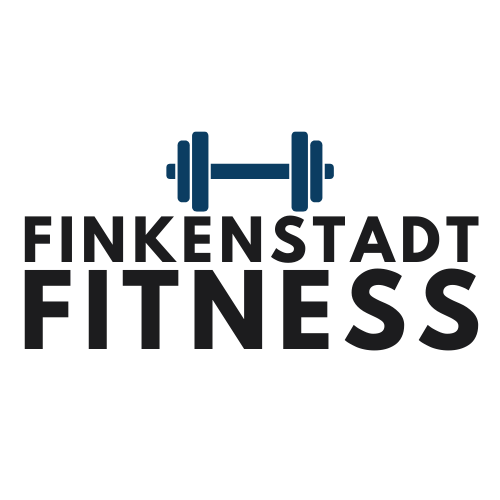How to Gauge Intensity in Training (Without Crushing Your Soul Every Workout)
There’s this belief floating around that if you’re not dripping sweat, breathing like a pug in July, and feeling like your limbs might fall off, then your workout didn’t count. I don’t know where that started — probably some bootcamp influencer with an affinity for yelling into a GoPro — but I’m here to say… that’s not it.
Training intensity isn’t about suffering. It’s about stimulus.
And learning how to gauge that stimulus, for your body, is one of the most powerful tools you can develop — whether you’re new to training or you’ve been throwing around weights longer than you’ve been filing your taxes.
So What Is “Intensity” Anyway?
Let’s make it simple.
Intensity isn’t “how dead you feel after.” It’s how close you get to your maximum effort during a set — not your max in life, not your max from last year — your max today, under the current conditions (like how much you slept, whether you’re sore, if you’re still digesting tacos, you know, real life).
There are a few ways we measure intensity in training:
RPE (Rate of Perceived Exertion): A scale from 1 to 10 of how hard a set feels.
RIR (Reps In Reserve): How many reps you had left in the tank when you finished a set.
% of 1RM (One Rep Max): For more advanced lifters tracking percentages of their max lifts.
If you’re newer, stick with RPE or RIR. It’s more intuitive and doesn’t require knowing your exact max (which, let’s be real, is usually a ballpark guess for most non-competitive lifters anyway).
Why Intensity Matters (and Why It’s Often Misused)
Here’s the thing — you can do a full workout, feel great, and still have made progress without maxing out your intensity. In fact, always chasing that high-output redline is usually a one-way ticket to burnout, stalled progress, or injury (and I say that as someone who’s been there more times than I care to admit).
The real goal? Minimum effective dose. The least amount of effort required to trigger adaptation.
Sometimes that means going to an RPE 9 on a heavy top set. Other times, it’s hitting RPE 6-7 for a few straight sets to build volume without frying your CNS or making tomorrow’s stairs feel like Everest.
How to Know If You’re Training at the Right Intensity
You don’t need fancy tech. Just start noticing:
Are your last 2-3 reps slower or harder to control?
Can you still hold form under fatigue?
Do you feel challenged but capable, not obliterated?
Are you recovering well session to session?
And let’s not forget — effort looks different depending on the movement. A set of bicep curls at RPE 9 is not the same experience as a set of deadlifts at RPE 9. One makes your arms burn, the other makes you question your life choices.
Final Thoughts (Before You Go Rerack That Barbell)
If you’re not sure where your intensity is landing, that’s okay. It’s a skill, and like any skill, it improves with reps — not just the barbell kind, but the kind where you tune into your body, evaluate your effort, and course correct over time.
Start conservative. Track how things feel. And remember, you don’t need to prove your toughness every session — you just need to keep showing up and applying enough challenge to get better.
And if you’re looking for a program that actually takes this into account — instead of beating you into the ground with burpees and “fat burning finishers” — well, that’s kind of my thing.
👉 Book a free consult call and let’s talk about what training smart actually looks like.

